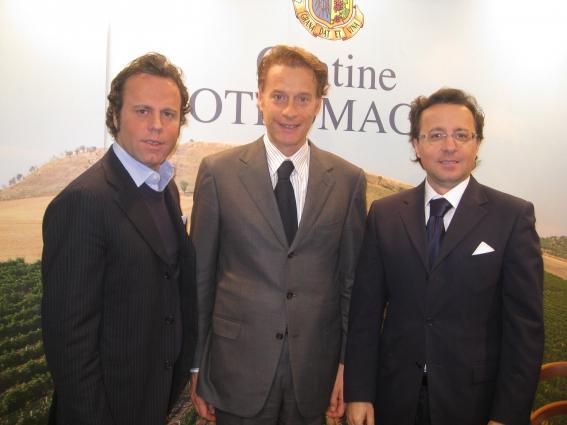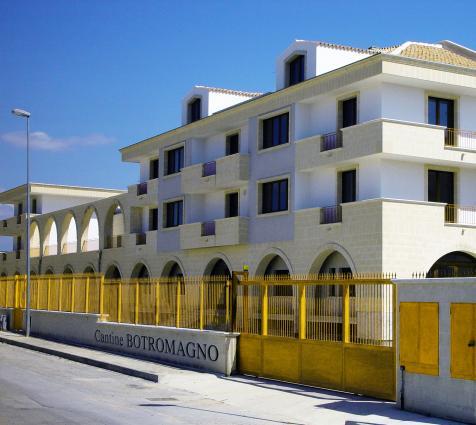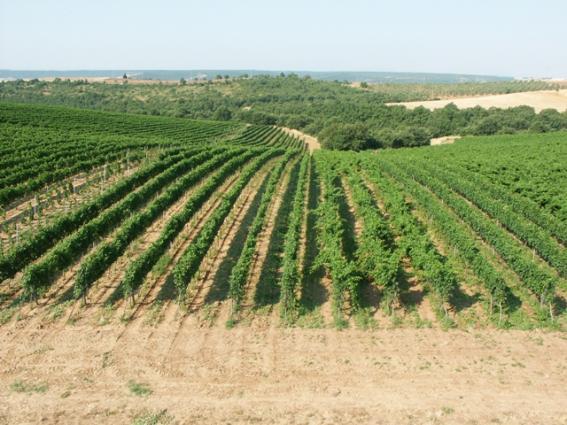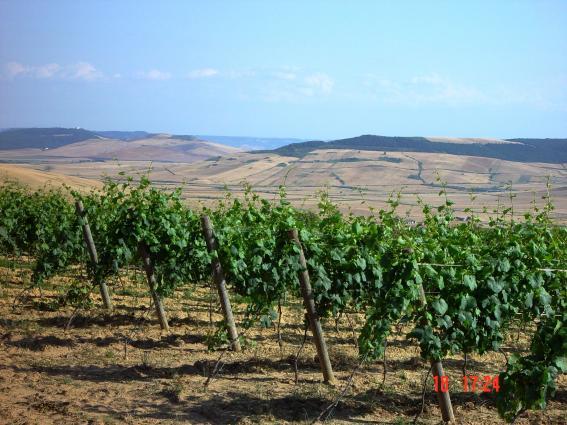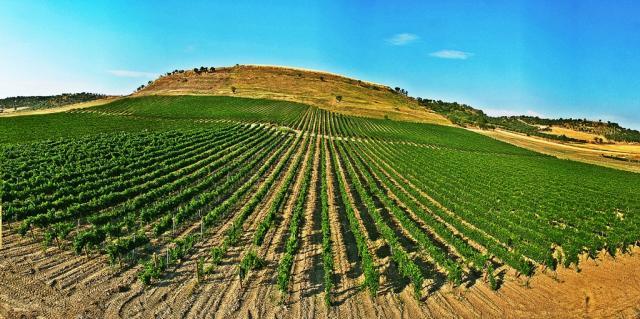Botromagno
Rosé di Lulú
Botromagno
Rosé di Lulú
Rosé di Lulù features fruit from the single-vineyard Vigna de Trono planted over 50 years ago to Nero di Troia. At once aromatic and highly savory in character, Nero di Troia (also: Uva di Troia), is a significant and fine grape variety native to Puglia. Botromagno excels in producing red wines from this grape, and has also turned to the rosato option to great success. High elevation fruit at 700 meters ASL yields aromatic berries, and stainless stell fermentation and aging ensures ideal expression and freshness.
Tasting Notes
Inherently a highly aromatic red grape, Nero di Troia thrives in sandy soils of the Gravina area in upper, inland Puglia. Sandy soils and high elevation (600 meters a.s.l.) intensify the aromatic profile of this rosato, building a robust red berry and cherry profile. Expect more of a commanding structure and defined textural elements on the palate.
Food Pairing
Expect to find a range of reasons to explore Nero di Troia. Its utilitarian flexibility holds no bias at the table; it excels with roasted vegetables, white meats and richer crudo.
Rosé di Lulù features fruit from the single-vineyard Vigna de Trono planted over 50 years ago to Nero di Troia. At once aromatic and highly savory in character, Nero di Troia (also: Uva di Troia), is a significant and fine grape variety native to Puglia. Botromagno excels in producing red wines from this grape, and has also turned to the rosato option to great success. High elevation fruit at 700 meters ASL yields aromatic berries, and stainless stell fermentation and aging ensures ideal expression and freshness.
Tasting Notes
Inherently a highly aromatic red grape, Nero di Troia thrives in sandy soils of the Gravina area in upper, inland Puglia. Sandy soils and high elevation (600 meters a.s.l.) intensify the aromatic profile of this rosato, building a robust red berry and cherry profile. Expect more of a commanding structure and defined textural elements on the palate.
Food Pairing
Expect to find a range of reasons to explore Nero di Troia. Its utilitarian flexibility holds no bias at the table; it excels with roasted vegetables, white meats and richer crudo.




